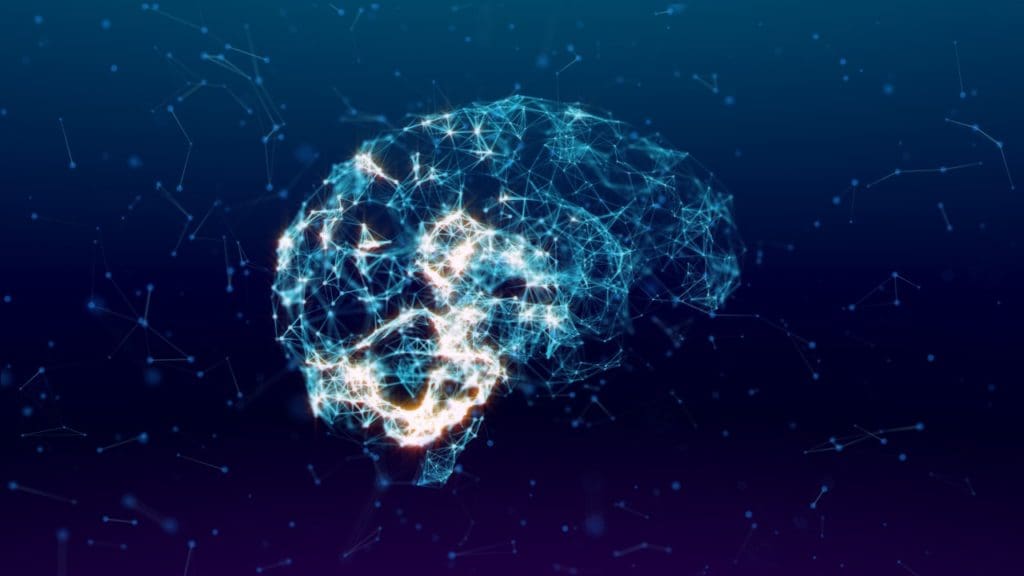Retraining Your Brain: How Physical Therapists Use Neuroplasticity to Help Patients Overcome Brain Injuries

As babies, we all struggled to stand up from a seated position, yet now most able-bodied adults can stand effortlessly, in seconds and without a second thought. This is because our brain has created a pathway for that task, from brain to body. But what happens if that pathway becomes obstructed, or “deleted” altogether?
Our brains are constantly changing and developing. As we age and learn new tasks through experience, our brains create these pathways that allow us to carry out tasks more efficiently – think of them as necessary shortcuts our brains take to save time and energy. In patients that suffer from a stroke, concussion, traumatic brain injury, or spinal cord injury, these pathways can be damaged or destroyed, diminishing our ability to complete tasks that may have been simple before the injury.
Physical therapists can support patients who’ve suffered an injury that has disrupted their brain’s pathways using something called “neuroplasticity.” Neuroplasticity is defined as the ability of neurons (nerve cells) to change their function, chemical profile (quantities and types of neurotransmitters produced), or structure. In simpler terms, neuroplasticity is our brains’ ability to make new pathways if old pathways are damaged. It involves learning, memory, and recovery following damage to the central nervous system.
There are three kinds of neuroplasticity, but only two that physical therapists utilize: habituation and experience-dependent plasticity.
1. Habituation
Habituation is a technique used in physical therapy where a patient is exposed to a repeated, benign stimulus in order to become desensitized. For example, concussion patients often become dizzy or experience a sensitivity to light. In physical therapy, we might make the patient slightly dizzy and/or expose them to light in order to decrease the brain’s overall response to these stimuli. This creates a new “habit” which tells the brain, “this is your new normal.” In turn, the patient will no longer react to them with dizziness or discomfort.
Similarly, if a patient gets dizzy when looking from left to right, we will work with the patient to practice moving their head from left to right in carefully monitored sessions. Over time, the brain will take less time to recover and, ultimately, looking left to right will no longer cause dizziness. This allows patients to feel comfortable outside of physical therapy in situations where dizziness would be dangerous, such as looking left and right while driving a car.
There are a few drawbacks that need to be considered when performing habituation. Because we are attempting to create new pathways in a space that has otherwise had a lifetime to develop, the benefits may be short-term and need regular reinforcement. Similarly, the effects may be reversible without some monitoring.
2. Experience-Dependent Plasticity: Learning and Memory
Experience-dependent plasticity is the process of creating and organizing neurons through life repetition. When we initially learn something, we use multiple regions of the brain, but with repetition of the task, we need less regions of the brain to complete it. The task becomes second nature, and we can complete it without thinking about it.

For example, when first learning to play the trumpet, numerous brain regions are involved. However, with practice and experience, skills increase and fewer parts of the brain are activated. Eventually only the parts of the brain directly involved wit
h the task are used. Another example is learning to ride a bike. What may be difficult at first becomes easier with repetition. Eventually, we can ride faster and talk to others while we ride with minimal effort, and we can even remember how to do it years later (hence the phrase, “just like riding a bike!”).
To visualize how this process works, imagine you’re on your way to work and you’re unable to go your normal route because the road is closed. Without warning, you’re forced to take an unfamiliar detour. Initially, you will likely take a long time to map out your new route and follow the directions. After a week of driving the new route, though, it becomes familiar, and you can drive faster without checking directions.
This is what happens when we work with post-stroke patients who have lost connections with the neural network (their brain’s road map). We help patients to create new networks in the brain that help achieve the same task.
The brain is truly amazing in its ability to adapt to the obstacles life throws our way. For those dealing with the after effects of a brain injury, even simple tasks can seem near-impossible, but with the help of a physical therapist who is trained to utilize neuroplasticity, we can recreate neural pathways and help individuals get back to their lives.
